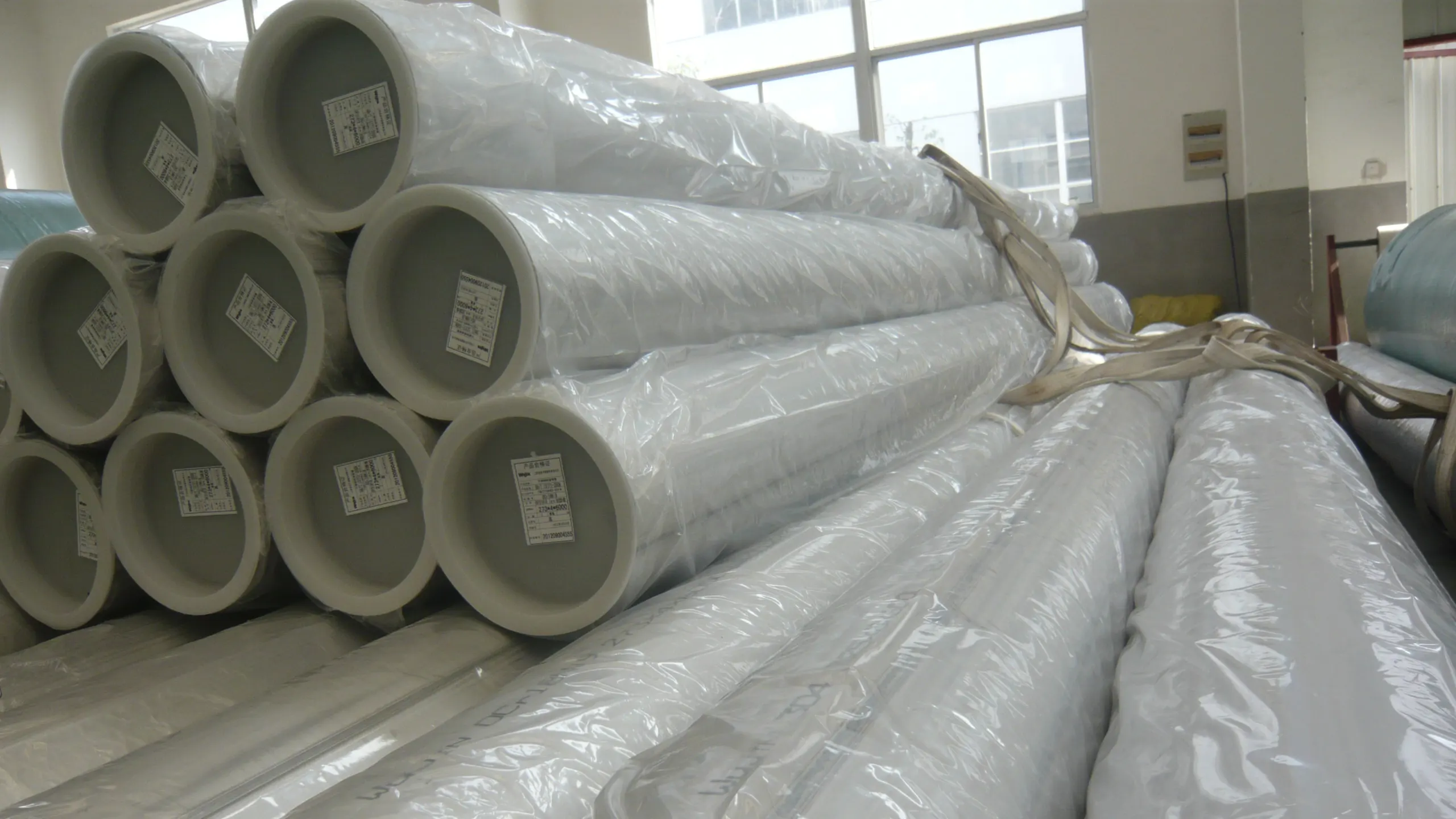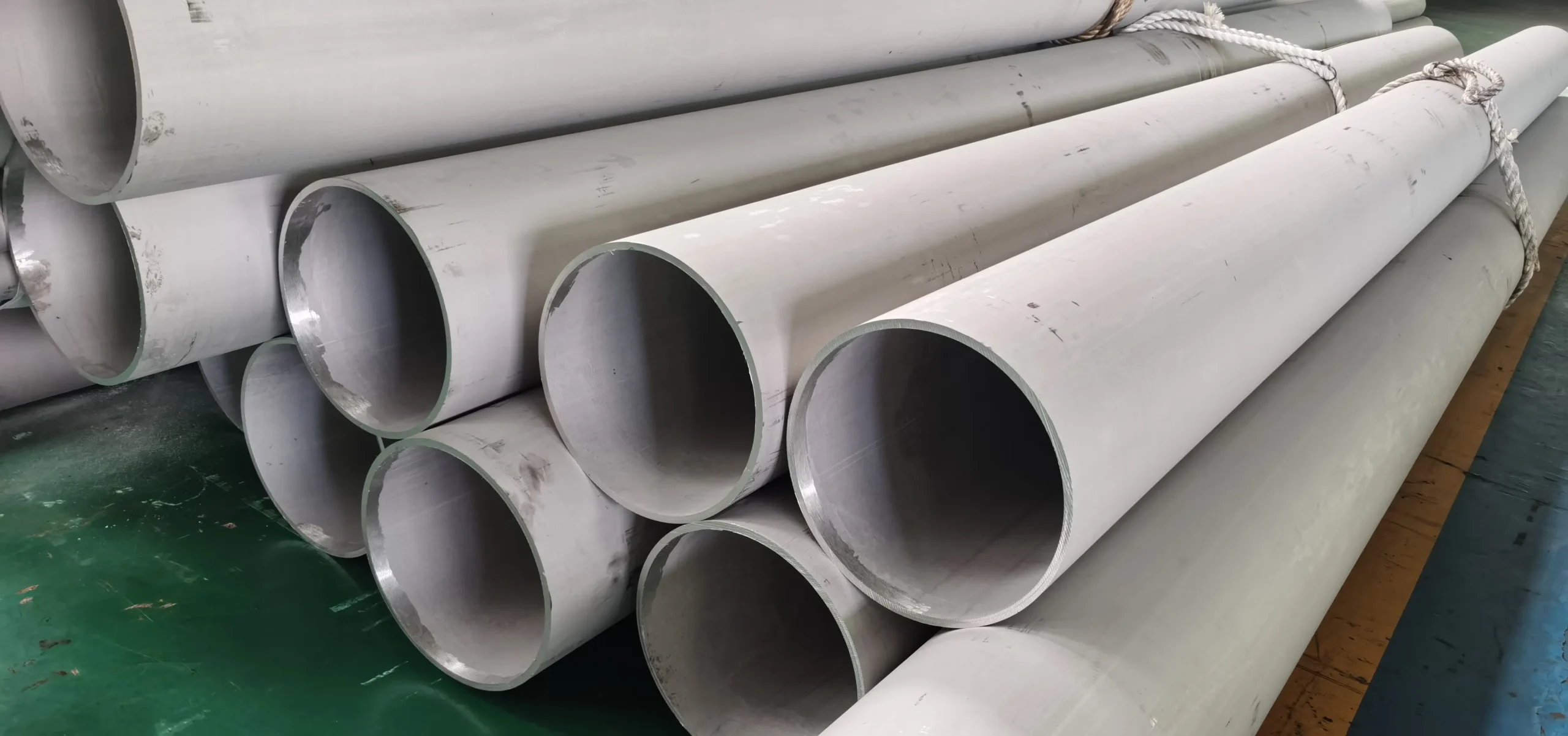The EHEDG Guidelines are important when your piping system handles sensitive products and the risk of contamination must be eliminated. It ensures that your stainless steel pipes and stainless steel pipe fittings meet stringent sanitary requirements. This article describes it in detail and specifies how it differs from 3-A sanitary standards.
What Are EHEDG Guidelines? European Hygiene Excellence!
What is the EHEDG Guidelines? EHEDG stands for European Hygienic Engineering & Design Group, which promotes hygienic design. It applies to equipment used in food processing with a focus on preventing the growth of microorganisms.EHEDG provides certification for equipment that meets the criteria, including sanitary fittings.
Key Principles of EHEDG Guidelines
The equipment must be easy to clean, which prevents product residue buildup. It supports an efficient clean in place (CIP) system, which reduces downtime.
The design should ensure that liquids are completely drained and that no liquids are left behind to prevent microbial growth.
Only specified non-toxic materials are allowed, commonly stainless steel such as 316L Steel. Materials must be resistant to process fluids and cleaning agents.
The surface of the pipe or fitting in contact with the product after surface finish must be smooth, which will prevent bacteria from adhering. This can be achieved by polishing or electropolishing.
Design to eliminate areas where product may linger, as hidden spaces are prone to microbial growth.EHEDG prioritizes seamless contours.
EHEDG Requirements for Stainless Steel Piping Components
| Requirement | Focus Area | Benefit for Pipe/Fittings |
|---|---|---|
| Material Quality | Certified stainless steel (e.g., 316L) | Corrosion resistance, durability |
| Surface Roughness | Specified Ra values (smoothness) | Prevents biofilm formation |
| Welding Quality | Smooth, crevice-free internal welds | Eliminates contamination points |
| Connections | Hygienic design (clamps, unions) | Easy cleaning, secure joints |
| Drainability | Sloped piping, no pooling | Prevents liquid retention |
| Internal Geometry | Large radii, no sharp corners | Enhances flow, prevents traps |
| Testing | Validate cleanability/sterilizability | Ensures proven hygienic performance |
EHEDG Guidelines vs. Other Sanitary Standards
| Feature | EHEDG Guidelines | 3-A Sanitary Standards | ASME BPE |
|---|---|---|---|
| Primary Focus | Hygienic engineering, design, testing | Hygienic design, practical | Ultra-purity, bioprocessing |
| Industry Focus | Food, Pharma (Europe) | Dairy, Food, Beverage | Pharma, Biotech |
| Compliance Type | Test-based certification | Design review, voluntary symbol | Prescriptive, highly detailed |
| Emphasis | How to design/test | What to design | What to design, how to build |
| Welding | Hygienic welding principles | Smooth internal welds | Very specific, orbital focus |
Impact of EHEDG Guidelines on Stainless Steel Pipe and Fittings
- Minimized risk of contamination: Strict design rules reduce the areas where bacteria can grow, resulting in safer food and longer shelf life.
- Optimized cleaning process: Equipment designed to EHEDG standards is easier to clean, increasing CIP efficiency while saving water and flushing agents such as chemicals.
- Extend equipment life: Proper design and material selection prevents corrosion. Reduced wear and tear extends the life of pipeline assets.
- Regulatory compliance: Adherence to EHEDG principles helps to comply with EU food safety regulations. It ensures market access and builds consumer trust.
- Reduced operating costs: Efficient cleaning and longer equipment life reduces costs.
Contact Us
- RM901 No.22 Tangjiaqiao Road Wenzhou China
- +86 577 8551 1171
- [email protected]
- https://www.kaysuns.com/



